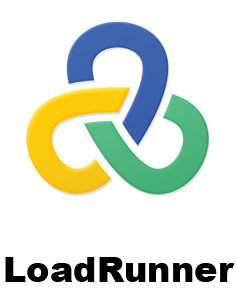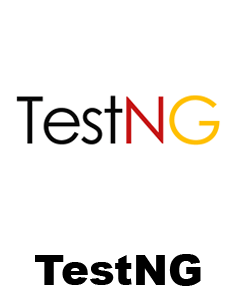1. What is Use Case Testing?
Ans:
Use Case Testing means checking the software based on how users are expected to use it. Testers focus on specific actions a user might take and verify if the system responds correctly. The main goal is to make sure the software works well from the user’s point of view.
2. How is STLC different from SDLC?
Ans:
The Software Testing Life Cycle or STLC for short, only addresses the testing portion of software development, including creating test cases, executing tests and reporting errors. SDLC, or Software Development Life Cycle, includes the whole process from planning and designing to coding, testing, and maintenance. So, STLC is just one part of the larger SDLC.
3. What is a Traceability Matrix?
Ans:
A Traceability Matrix is document that connects each test case to specific requirements. It helps testers make sure that all the requirements are tested and nothing is left out. This tool helps track the coverage of testing and keeps things organized.
4. What is Equivalence Partitioning?
Ans:
Equivalence Partitioning is a way to group input data into sets where every value in a group behaves the same way. Instead of testing every single input, testers pick one value from each group to save time while still checking the software thoroughly.
5. What is White Box Testing and what are its types?
Ans:
White Box Testing means testing the internal code and logic of the software. Testers need to understand how the program works inside. Types include unit testing (checking small parts), integration testing (checking combined parts), statement testing (making sure each line runs), and branch testing (testing all possible decision paths).
6. What is Black Box Testing and which techniques are used?
Ans:
Black Box Testing checks if the software works correctly without looking at the internal code. Testers give inputs and check the outputs. Common techniques are Equivalence Partitioning, Boundary Value Analysis, Decision Table Testing, State Transition Testing, and Error Guessing.
7. How does Static Testing differ from Dynamic Testing?
Ans:
Static Testing is done without running the software. It involves reviewing documents or checking code manually to find issues early. Dynamic Testing means running the software and observing how it behaves with different inputs. So, static testing finds problems without execution, while dynamic testing finds problems by executing the code.
8. What are the different levels of testing?
Ans:
There are four main testing levels: unit testing, which checks individual parts; integration testing, which tests how parts work together; system testing, which tests the complete software; and acceptance testing, which checks if the software meets what users need.
9. What details are included in a Test Plan?
Ans:
A Test Plan is a document that explains what will be tested, how testing will be done, what tools are needed, who will do the testing, the testing environment, and the schedule. It acts as a guide to keep the testing process organized and clear.
10. How is Data-Driven Testing different from Retesting?
Ans:
Data-Driven Testing means testing the same feature multiple times with different sets of data to see how the software handles various inputs. Retesting means running the same tests again to make sure a previously found bug is fixed. The key difference is that data-driven testing uses different data, while retesting uses the same data.

























